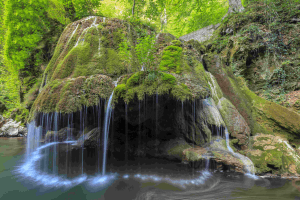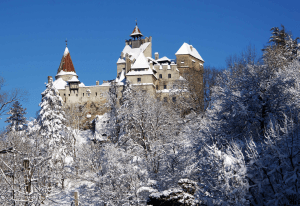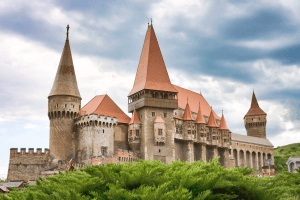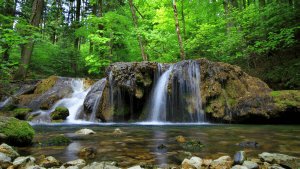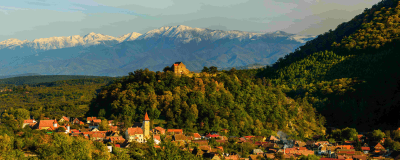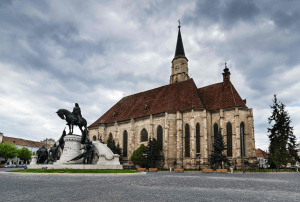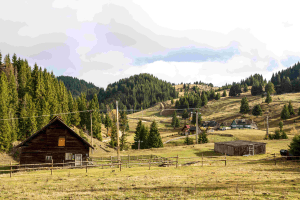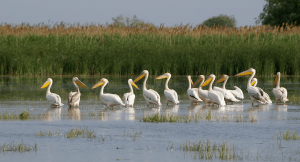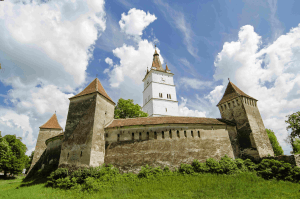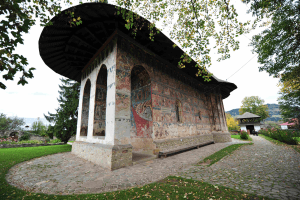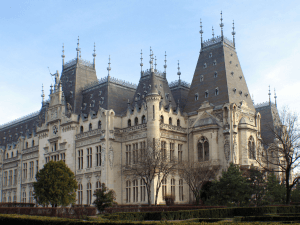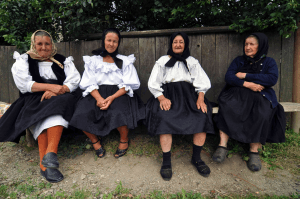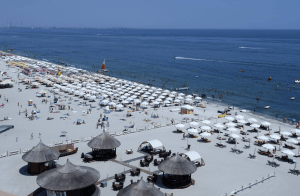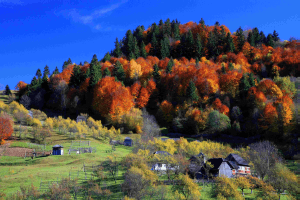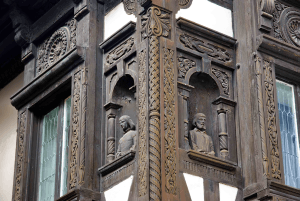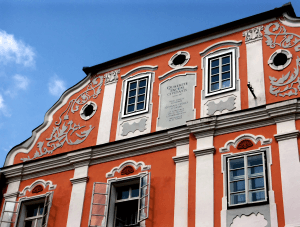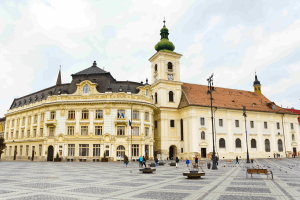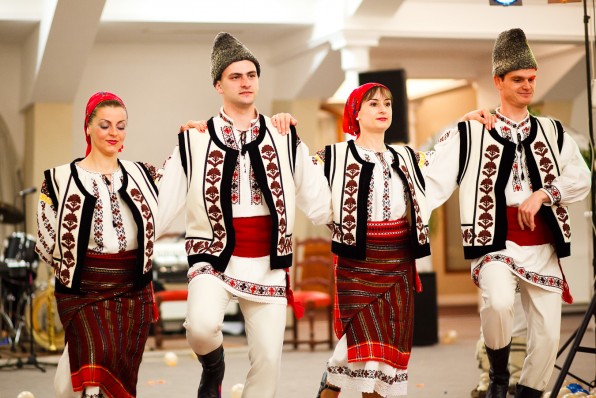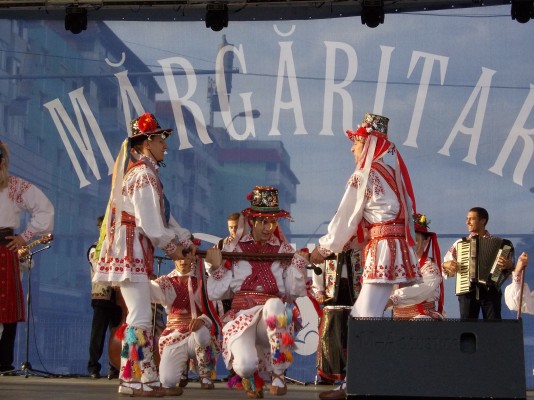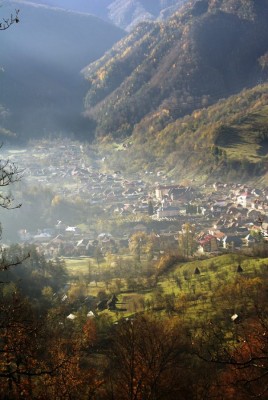Denumirea: S.C EXIMTUR SRL , CUI: R03553943,
Nr. inregistrare Registrul Comertului 012/1029/1993.
Obiect activitate principal 7912 -
Activitati ale 7911-
Activitati ale agențiilor turistice, 7990 —
Alte servicii de rezervare și asistența
turistică. Social: Str. Nichita
Stanescu Nr.16, 400366 Cluj-Napoca,
Puncte de lucru: București Sectorul 2,
Str. LATINĂ, Nr. 1, Parter; Municipiul Cluj-
Napoca. Str. ANDREI ȘAGUNA
34-36, Ap. L 7273,76, Judet Cluj;
Municipiul Sibiu. Str. NICOLAE
BALCESCU, Nr. 6, Judet Sibiu; Municipiul
Suceava, Calea UNIRII, Nr. 22, în cadrul
Iulius Mall Suceava, magazin P108,
Judet Suceava, Municipiul Timișoara, Str.
VLAD DE LA MARINA Nr. 1, Judet Timiș-
Autorizații:
Licența de turism nr. 213 din
data de 28,112018, emisa de Ministerul
Turismului, pentru Agenția de turism
EXIMTUR.
Polița de asigurare privind protectia în caz de
insolvența a agenției de turism
Seria I nr. 58566, valabila
Ia data de 15.01.2025. emisa de
OMNIASIG Vienna Insurance Group
 Authentic Romania
Authentic Romania Our Specials
Our Specials City Breaks
City Breaks




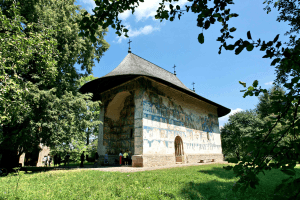
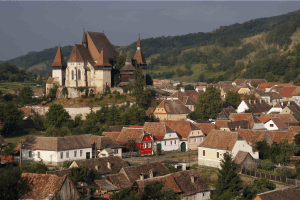
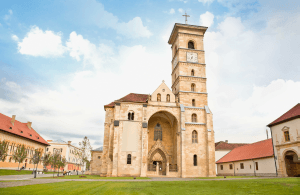
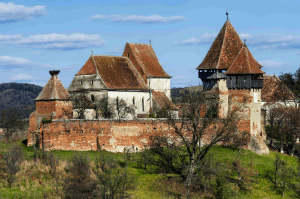
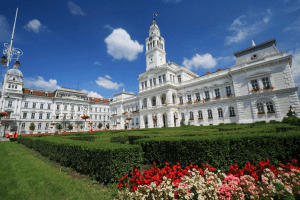
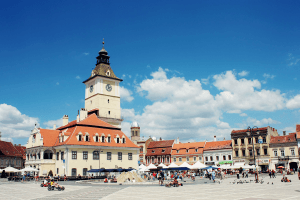
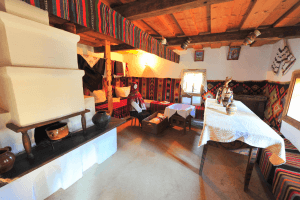
.png)
